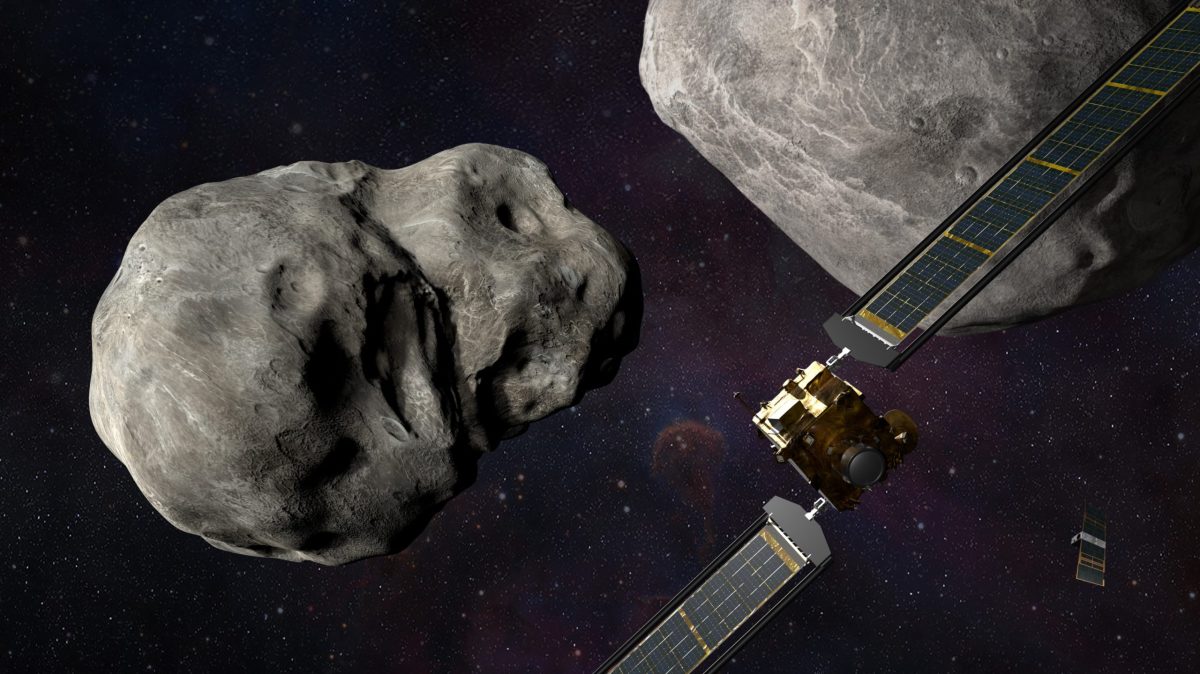The Double Asteroid Redirection Test (DART) mission from NASA aimed to test humanity’s space defense capabilities, and plenty of viewers tuned into NASA’s official Twitch channel yesterday to see a live collision between the spacecraft and Diomorphos.
The $330 million mission was humanity’s first attempt to alter the motion of an asteroid or any celestial body in space. It was launched atop a SpaceX Falcon 9 rocket on Nov. 23, 2021. It has been almost 10 months since then and the DART spacecraft had traveled approximately 7 million miles to Didymos and Dimorphos.
Yesterday, the DART mission was announced successful at 6.14 pm CT. “We have impact” was called by the team overseeing the mission operations center at the Johns Hopkins University Applied Physics Laboratory in Laurel, Maryland, when the DRACO Camera successfully showcased the satellite hitting the football stadium-sized asteroid.
After the successful impact, NASA deputy administrator Pam Melroy said, “NASA works for the benefit of humanity. So for us, it’s the ultimate fulfillment of our mission to do something like this – a technology demonstration that, who knows, someday could save our home.”
Whether this mission achieved its purpose is still yet to be seen. It will take another month of ground-based telescope observations of the asteroid to see the results.
The impact of the DART satellite and Dimorphos asteroid was so strong that it was even captured by the ATLAS telescope in South Africa.
NASA has been conducting various missions targeting asteroids, DART being the most recent one. In 2021, NASA launched a probe set for the Trojan asteroid clusters orbiting near Jupiter. Back in 2020, the OSIRIS-REx spacecraft successfully collected samples from the Bennu asteroid and is currently on its return course to Earth.





Published: Sep 27, 2022 08:26 am